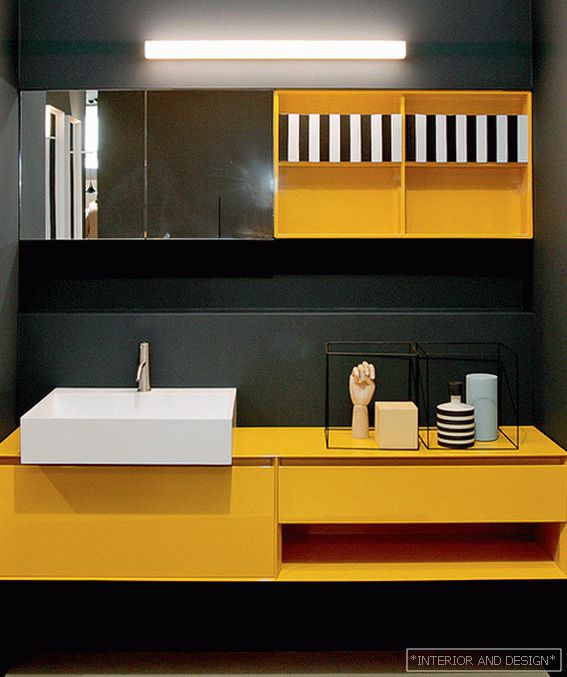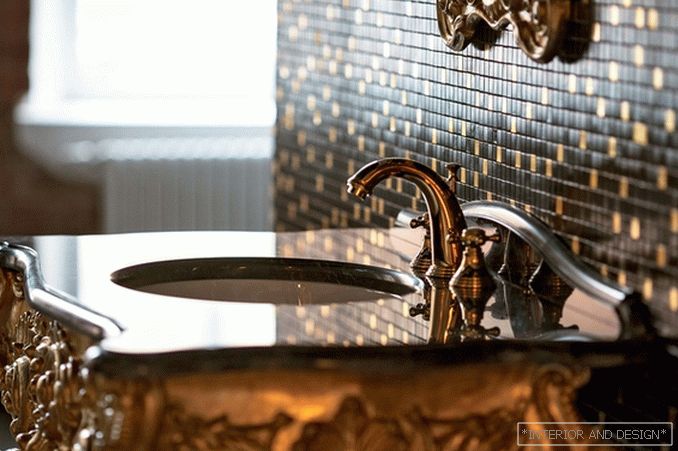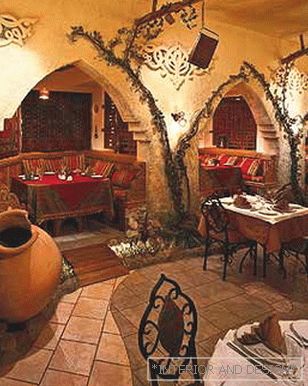September 22–26, the 32nd session of Сersaie, an exhibition of facing materials, equipment and furniture for bathrooms, took place in Bologna. The largest in Italy, she deserved the name of the Ceramic Fashion Week
 Passing the gallery
Passing the gallery Magazine: Na (201) 2015
The region of Emilia-Romagna, whose center is Bologna, is the center of Italian ceramic production. Since 1982, there has been an exhibition that specializes in ceramic coatings and has earned a reputation as one of the main events in the industry. However, its subject matter is constantly expanding and covers the whole range of facing materials today. Expand their range and manufacturers, responding to how changing ideas about the bathroom. Today, she plays the role of a home spa, easily integrates into the bedroom, and in terms of aesthetic qualities and level of comfort, she approaches living quarters. In a modern bathroom, both soft armchairs, a wine bar, and a crystal chandelier are appropriate, not to mention such a thing as Vasqueuse, the invention of the PETRACER’S designers. Designed after the vis-à-vis sofa fashion model in the 19th century, it is a couch and a classic bath spliced together. Coatings fit this setting. They imitate marble, shine with impregnations of precious metals, imitate fabrics, skin, laces and picturesque pictures. Designer Alex Turco is convinced that art in an interior should not have borders. For the bathroom, he creates moisture-proof, hand-painted panels. Special authoring technology allows you to fuse rhinestones, metal powder and embed LEDs into their surface. The key concept of modern coatings is flexibility. Each collection is conceived as a collection of elements that can be combined in different combinations. The line of tiles created by Philip Starck for SANT’AGOSTINO is called “Flexible Architecture” (literally “Flexible Architecture”). Its expressiveness is based on a combination of elements, different in texture, color and height. The color range of the collection is in the spirit of the "rebellious 1960s" (lemon yellow, orange, lime). Retro motifs, reaching ceramic tiles, are steadily gaining popularity. Manufacturers pay tribute to geometric patterns and optical effects. The latter, however, are unobtrusive and do not tire the eyes. The patchwork theme, which has long declared itself, holds the position: a heterogeneous pattern, as if composed of patches superimposed on each other, is welcomed even within the same tile.
Read the full text in paper or



